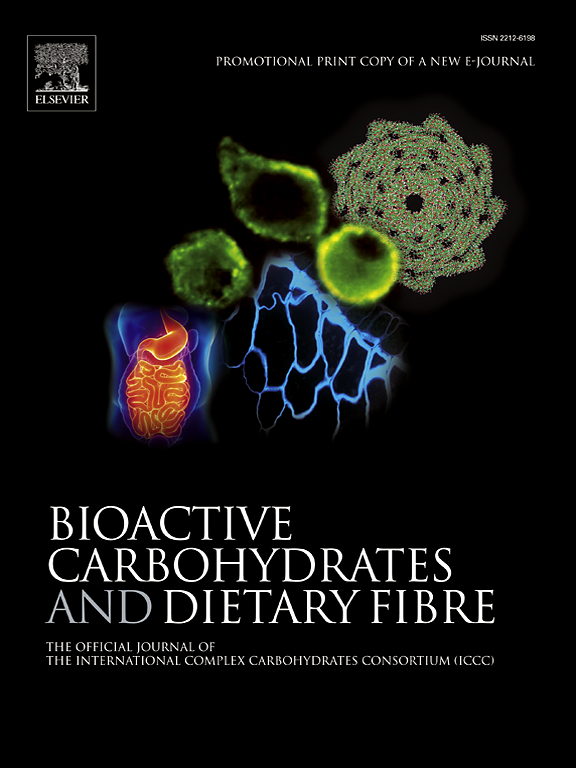Quantitative insights into carbohydrate-coated gold nanoparticle-based drug delivery vehicles for QSAR advancement: Calorimetric and mechanistic studies
IF 3.6
引用次数: 0
Abstract
Quantitative structure-activity relationship (QSAR) analysis is essential for the development of effective drug delivery vehicles in the era of Artificial Intelligence (AI). To develop this QSAR, carbohydrates with different structural features have been used to coat and make biocompatible gold nanoparticles. These carbohydrate-coated gold nanoparticles have been synthesized by chemical reduction method and characterized by UV–vis, FT-IR, DLS, and SEM techniques. For quantitative study, the interaction of these nanoparticles has been studied with biological interfaces (protein and DNA) and their structural features have correlated with thermodynamic parameters; binding constant, Gibbs free energy, enthalpy, and entropy obtained from calorimetry and fluorescence technique. To elucidate the effect of coating of carbohydrates on gold nanoparticles, interaction studies have also been done with pure carbohydrates and compared with carbohydrate-coated gold nanoparticles. For activity-relationship, these quantitative parameters have been correlated with the therapeutic efficiency of these nanoparticles in terms of drug loading and drug release studies with 5-fluorouracil (5-FU) drugs. The results suggest the importance of the CHO functional group and also the number of monomeric units in interaction studies and therapeutic efficiency. Energetics of interaction correlated with physical characteristics of different carbohydrates develop the structure-activity relationship, which assists in the development of highly effective AI-based future drug delivery vehicles.

碳水化合物包覆金纳米颗粒为基础的药物递送载体QSAR进展的定量见解:量热和机制研究
在人工智能(AI)时代,定量的构效关系(QSAR)分析对于开发有效的给药载体至关重要。为了开发这种QSAR,我们使用了不同结构特征的碳水化合物来包裹并制造生物相容性的金纳米颗粒。这些碳水化合物包覆的金纳米颗粒通过化学还原法合成,并通过UV-vis, FT-IR, DLS和SEM技术进行了表征。在定量研究方面,研究了这些纳米颗粒与生物界面(蛋白质和DNA)的相互作用,并研究了它们的结构特征与热力学参数的关系;结合常数,吉布斯自由能,焓,和熵从量热法和荧光技术。为了阐明碳水化合物包被对金纳米粒子的影响,我们还对纯碳水化合物进行了相互作用研究,并与碳水化合物包被的金纳米粒子进行了比较。在活性关系方面,在5-氟尿嘧啶(5-FU)药物的载药和释药研究中,这些定量参数与这些纳米颗粒的治疗效率相关。结果表明CHO官能团和单体单位数量在相互作用研究和治疗效果中的重要性。与不同碳水化合物的物理特性相关的相互作用能量学发展了构效关系,这有助于开发高效的基于人工智能的未来给药载体。
本文章由计算机程序翻译,如有差异,请以英文原文为准。
求助全文
约1分钟内获得全文
求助全文
来源期刊

Bioactive Carbohydrates and Dietary Fibre
Agricultural and Biological Sciences-Food Science
CiteScore
6.00
自引率
0.00%
发文量
38
期刊介绍:
 求助内容:
求助内容: 应助结果提醒方式:
应助结果提醒方式:


